#flooding?
Text

🚨 GRAHAM KENNEDY JUMPSCARE 🚨
26K notes
·
View notes
Text
Please tag/comment where you're from!
Submitted anonymously 🤫

12K notes
·
View notes
Text
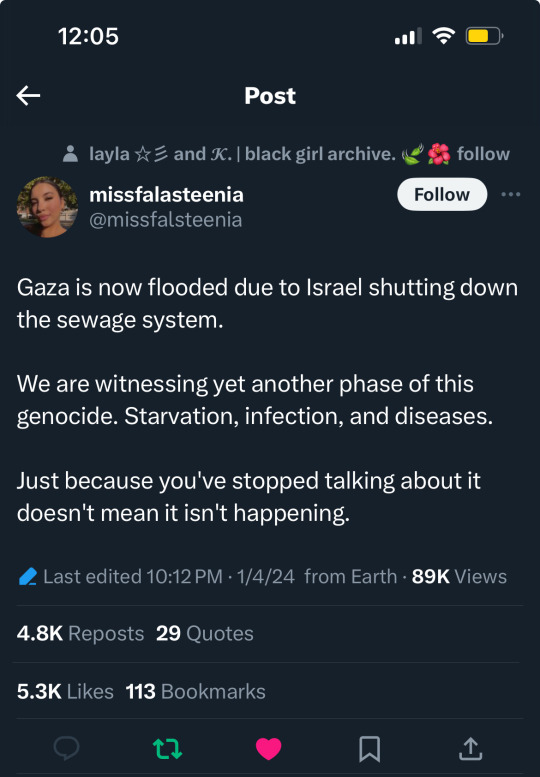
#free palestine#free gaza#gaza#palestine#from the river to the sea palestine will be free#pray for palestine#genocide#flooding#disease#diseases#gaza strip#ethnic cleansing#israel#israel is a terrorist state#ceasefire#permanent ceasefire#humanitarian crisis#america#usa
34K notes
·
View notes
Text
My friends who have never experienced flooding, and who are about to deal with it from this storm, please remember:
1. NO. YOU CANNOT MAKE IT THROUGH THAT WATER ON THE ROAD. I DON'T CARE WHAT YOU'RE DRIVING. TURN. AROUND.
2. DO NOT GO WADING THROUGH THE WATER. EVEN IF YOU JUST WANT TO SEE HOW DEEP IT IS. THAT. WATER. IS. CONTAMINATED.
3. IT IS CALLED FLASH FLOODING FOR A REASON. THE WATER RISES AND SURGES IN A FLASH. STAY. HOME.
4. If you're at risk of flooding, raise up any of your belongings now. Put the legs of tall things in buckets. Know where your important documents are.
5. Stay safe.
#not sca related#I have lived with Hurricanes and Tropical Storms my whole life and I am experienced with storm flooding#please listen to the voice of experience#I want you to stay safe#SCA Mom#SCA Aunt
6K notes
·
View notes
Text
these are pictures from before and after the floods. these are 2 days old:
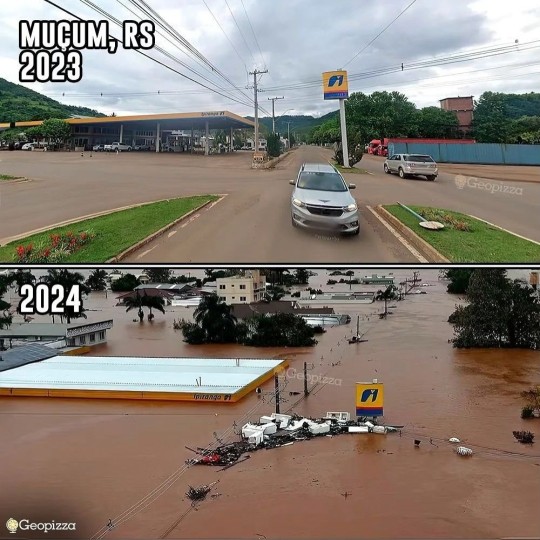

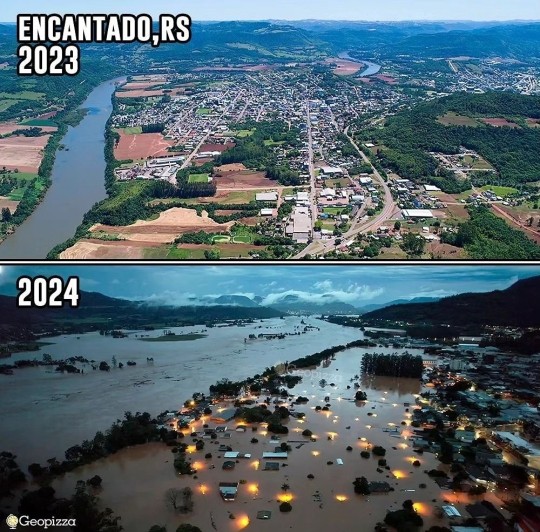
these other pictures are more recent, mostly from yesterday:
Rio Pardo, RS / Eldorado do Sul, RS
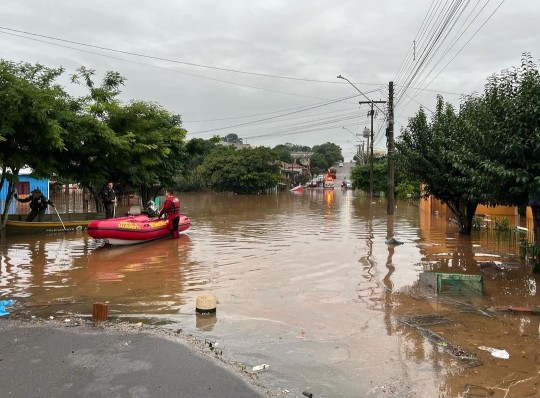

Canoas, RS
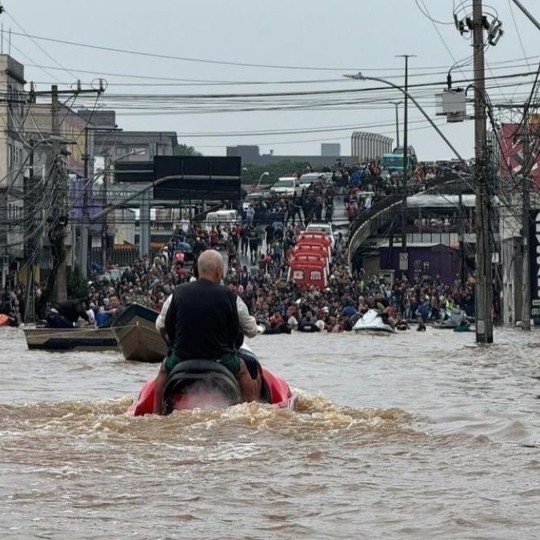
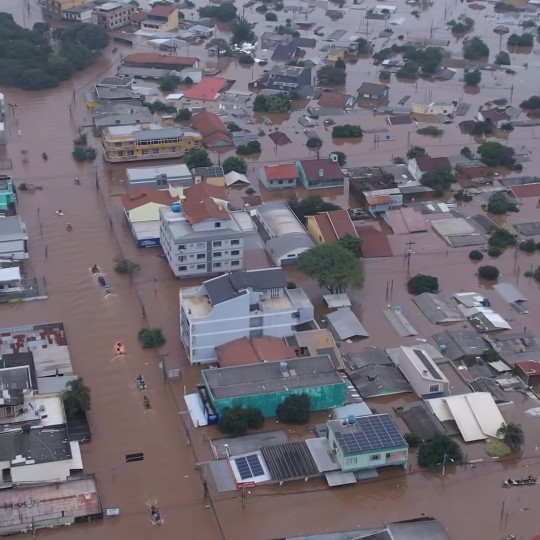
Porto Alegre, RS

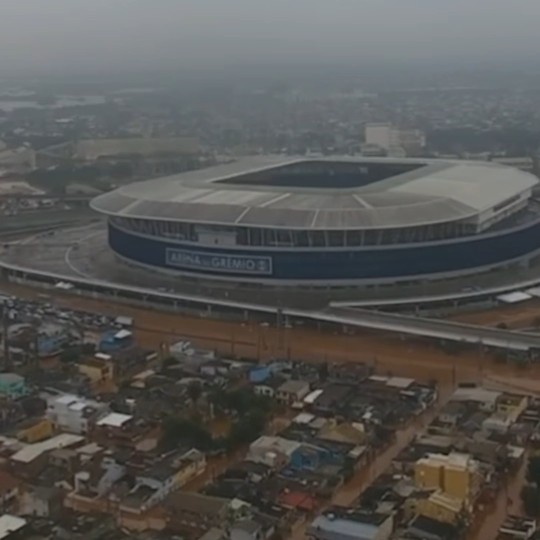
this is a nightmare.
#rio grande do sul#brasil#brazil#climate change#climate emergency#climate crisis#climate catastrophe#flooding
12K notes
·
View notes
Text
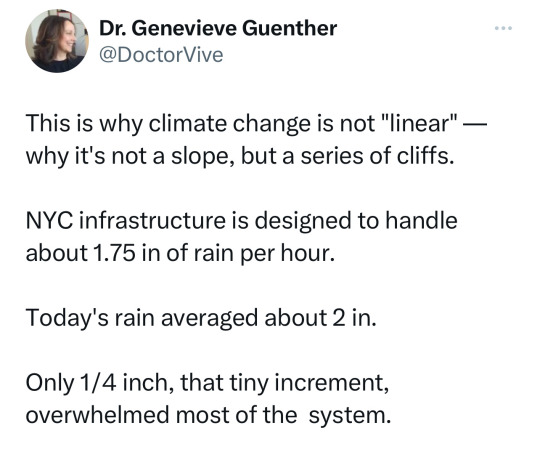

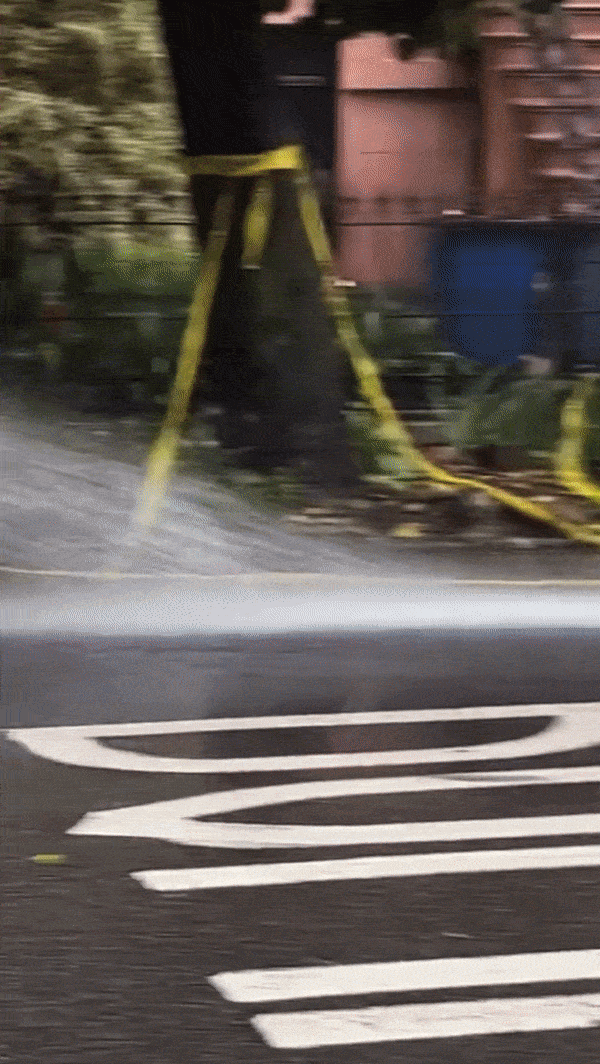
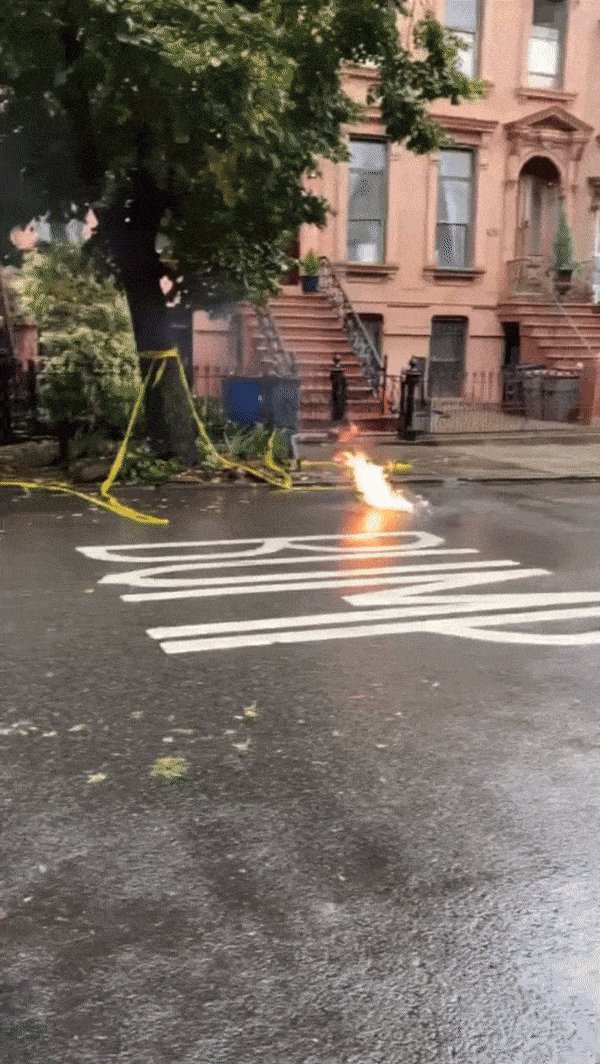



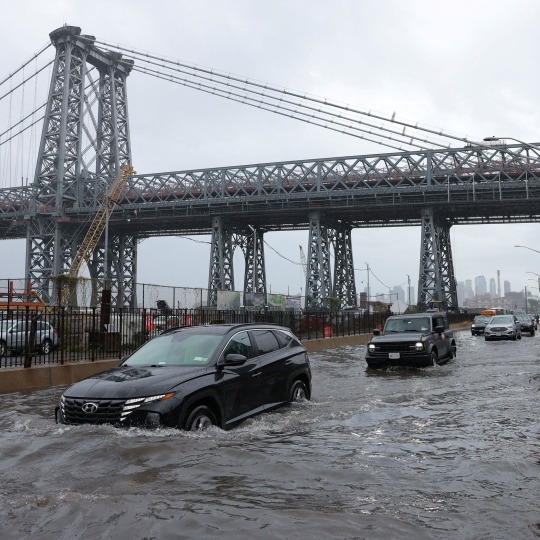
Nothing to see here, just fire + floods + climate change
#politics#climate change#climate crisis#global warming#nyc#nyc flooding#nyc floods#climate collapse#civil engineering
29K notes
·
View notes
Text

Scar is such a tremendously talented person and deserves nothing but love!
#hermitcraft#gtws fanart#gtws hermitcraft#gtws#gtwscar fanart#gtwscar hermitcraft#gtws jellie#jellie fanart#some of these tags are irrelevant but these tags need to be flooded#if you know you know
6K notes
·
View notes
Text
ever just become Too Aware of your own mortality like "oh shit, one day i will die" but then be like "well at least i will provide nutrients to the... whatever i get buried in"
#who knows how this will end#will it be nuclear war#regular war#fires?#flooding?#vengeful hurricanes from the angry ocean?#the sun deciding it's had enough of our shit?#the moon packing its bags like#nope absolutely not#however it ends i just hope my corpse is useful~
0 notes
Text
As relentless rains pounded LA, the city’s “sponge” infrastructure helped gather 8.6 billion gallons of water—enough to sustain over 100,000 households for a year.
Earlier this month, the future fell on Los Angeles. A long band of moisture in the sky, known as an atmospheric river, dumped 9 inches of rain on the city over three days—over half of what the city typically gets in a year. It’s the kind of extreme rainfall that’ll get ever more extreme as the planet warms.
The city’s water managers, though, were ready and waiting. Like other urban areas around the world, in recent years LA has been transforming into a “sponge city,” replacing impermeable surfaces, like concrete, with permeable ones, like dirt and plants. It has also built out “spreading grounds,” where water accumulates and soaks into the earth.
With traditional dams and all that newfangled spongy infrastructure, between February 4 and 7 the metropolis captured 8.6 billion gallons of stormwater, enough to provide water to 106,000 households for a year. For the rainy season in total, LA has accumulated 14.7 billion gallons.
Long reliant on snowmelt and river water piped in from afar, LA is on a quest to produce as much water as it can locally. “There's going to be a lot more rain and a lot less snow, which is going to alter the way we capture snowmelt and the aqueduct water,” says Art Castro, manager of watershed management at the Los Angeles Department of Water and Power. “Dams and spreading grounds are the workhorses of local stormwater capture for either flood protection or water supply.”
Centuries of urban-planning dogma dictates using gutters, sewers, and other infrastructure to funnel rainwater out of a metropolis as quickly as possible to prevent flooding. Given the increasingly catastrophic urban flooding seen around the world, though, that clearly isn’t working anymore, so now planners are finding clever ways to capture stormwater, treating it as an asset instead of a liability. “The problem of urban hydrology is caused by a thousand small cuts,” says Michael Kiparsky, director of the Wheeler Water Institute at UC Berkeley. “No one driveway or roof in and of itself causes massive alteration of the hydrologic cycle. But combine millions of them in one area and it does. Maybe we can solve that problem with a thousand Band-Aids.”
Or in this case, sponges. The trick to making a city more absorbent is to add more gardens and other green spaces that allow water to percolate into underlying aquifers—porous subterranean materials that can hold water—which a city can then draw from in times of need. Engineers are also greening up medians and roadside areas to soak up the water that’d normally rush off streets, into sewers, and eventually out to sea...
To exploit all that free water falling from the sky, the LADWP has carved out big patches of brown in the concrete jungle. Stormwater is piped into these spreading grounds and accumulates in dirt basins. That allows it to slowly soak into the underlying aquifer, which acts as a sort of natural underground tank that can hold 28 billion gallons of water.
During a storm, the city is also gathering water in dams, some of which it diverts into the spreading grounds. “After the storm comes by, and it's a bright sunny day, you’ll still see water being released into a channel and diverted into the spreading grounds,” says Castro. That way, water moves from a reservoir where it’s exposed to sunlight and evaporation, into an aquifer where it’s banked safely underground.
On a smaller scale, LADWP has been experimenting with turning parks into mini spreading grounds, diverting stormwater there to soak into subterranean cisterns or chambers. It’s also deploying green spaces along roadways, which have the additional benefit of mitigating flooding in a neighborhood: The less concrete and the more dirt and plants, the more the built environment can soak up stormwater like the actual environment naturally does.
As an added benefit, deploying more of these green spaces, along with urban gardens, improves the mental health of residents. Plants here also “sweat,” cooling the area and beating back the urban heat island effect—the tendency for concrete to absorb solar energy and slowly release it at night. By reducing summer temperatures, you improve the physical health of residents. “The more trees, the more shade, the less heat island effect,” says Castro. “Sometimes when it’s 90 degrees in the middle of summer, it could get up to 110 underneath a bus stop.”
LA’s far from alone in going spongy. Pittsburgh is also deploying more rain gardens, and where they absolutely must have a hard surface—sidewalks, parking lots, etc.—they’re using special concrete bricks that allow water to seep through. And a growing number of municipalities are scrutinizing properties and charging owners fees if they have excessive impermeable surfaces like pavement, thus incentivizing the switch to permeable surfaces like plots of native plants or urban gardens for producing more food locally.
So the old way of stormwater management isn’t just increasingly dangerous and ineffective as the planet warms and storms get more intense—it stands in the way of a more beautiful, less sweltering, more sustainable urban landscape. LA, of all places, is showing the world there’s a better way.
-via Wired, February 19, 2024
#california#los angeles#water#rainfall#extreme weather#rain#atmospheric science#meteorology#infrastructure#green infrastructure#climate change#climate action#climate resilient#climate emergency#urban#urban landscape#flooding#flood warning#natural disasters#environmental news#climate news#good news#hope#solarpunk#hopepunk#ecopunk#sustainability#urban planning#city planning#urbanism
14K notes
·
View notes
Text
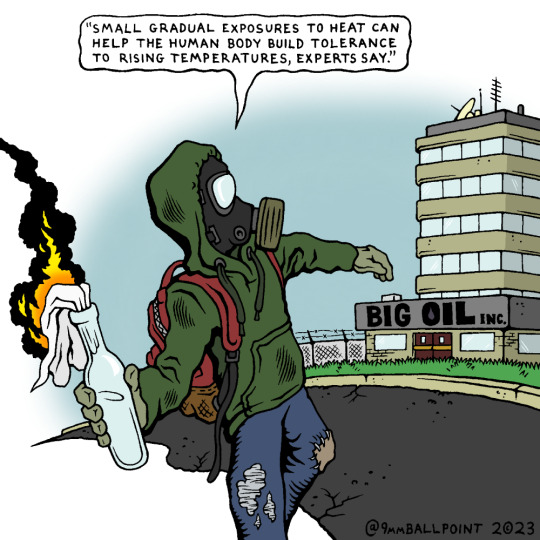
PS: for entertainment purposes only, of course
PPS: actual Washington Post quote
28K notes
·
View notes
Text

Scrolled down the MF DOOM tag trying to find the mac and cheese image and I couldn't so anyway here it is literally one of my favourite images of all time
32K notes
·
View notes
Text
we should talk more about cities that are vampires. cities that are cold and wet and sink into your bones and stay there. cities that are hungry and want to live. dead cities that dont know they're dead and suck the life force of their people to maintain the delusion. cities with harbors that are actually mouths; one-way entries. cities that are devastatingly lonely and see consumption as love
#eskew most obviously but also DUNWALL#the way you need to know someone inside dunwall to be able to enter it. the way the city watch can shake you down at any time#and inevitably once theyve robbed you of your papers youre stuck there#cities that are the haunting !!!!#house with a face#dishonored#it wont show up in the tags this far down right#ALSO . last thing the damn flooded district .#sooo many thoughts none of them coherent but i WILL make an actual post abt the wettest district in all of dunwall#eventually !!!#cityspeak
48K notes
·
View notes
Text

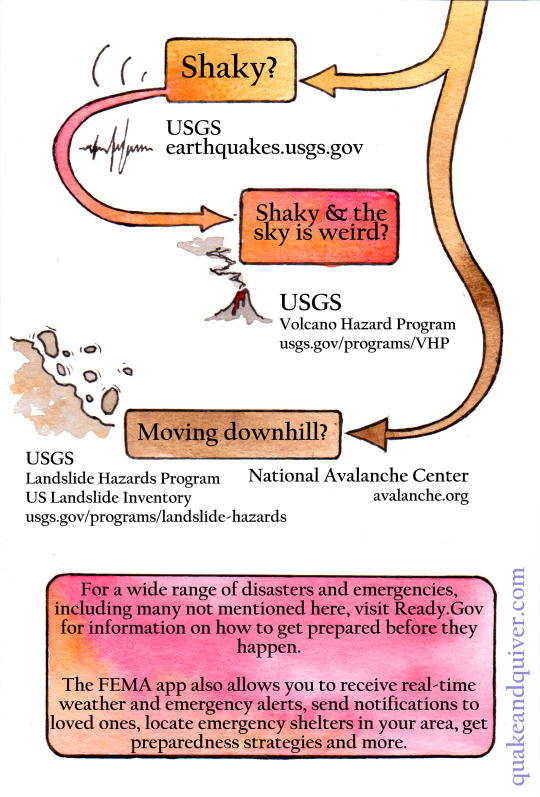
Noticed something a little funky in the world around you and want to figure out what's up? Especially if there might be something you ought to be doing about it? Not sure what information sources to trust these days? If you're in the US, federal agencies like NOAA, USGS, EPA and more collect massive amounts of scientific data every day, much of which is publicly available online - if you know where to look.
A PDF version with clickable links is available for free on my itchio page (quakeandquiver); I'll add a direct link in a reblog.
#wildfires#earthquakes#volcanoes#flooding#natural hazards#disasters#sketchpad#risk comm#environment#disaster preparedness#federal government#federal resources#get your taxpayer dollars' worth
30K notes
·
View notes
Text
Tokyo 🇵🇸
|
#tokyo#from the river to the sea palestine will be free#gaza strip#palestine#free palestine 🇵🇸#gazaunderattack#gazaunderfire#فلسطين#طوفان الأقصى#غزة تحت القصف#free gaza#ceasefireingazanow#ceasefire in gaza#ceasfire now#fuck israel#stop the war on the children of the gaza strip#stop gaza genocide#stop the genocide#i stand with palestine#i stand with palestine 🇵🇸#i stand with gaza#israel is a criminal state#boycott israel#gaza under siege#gaza under bombardment#gaza under fire#gaza under attack#gaza under genocide#gaza237days#al aqsa flood
5K notes
·
View notes
Text
i’m going to go lie flat on some train tracks

#sobbing on the fucking flood#kelly babels#hadestown#big post ™️#bigger post ™️#bigger than big post ™️
6K notes
·
View notes
Text
Hey there, I feel like this is a necessary post because we have some Brazilian girlies here.
The southern state of Brazil, my state, is literally underwater right now, thousands of people lost their homes, some died and some are missing due to heavy flooding. If you're in one of the affected areas, please be careful, pay attention to the news as some emergency numbers aren't working anymore, they're sharing new ones. Seek safe shelter, either with family members or the public ones. There's also a risk of dam failure, the Civil Defense is constantly updating on those, be aware to know when you have to evacuate the area. If you can help with donations or even sharing the news to get to more people, you're more than welcome. I'll leave some links showing how to help. Please be safe, it's a disaster out there! And no matter what your personal belief is, please pray for those people.
Civil Defense - To get updates on the situation
SC Internacional - To donate
Grêmio - To donate
Public shelter in Porto Alegre
Civil Defense - To donate
8K notes
·
View notes